[#16] Evolution of Parts and Wholes in Life-Like Entities
By Piet Hut
In nature, culture, and technology, surprising novelty has appeared as products of ongoing evolution. Many new forms of organization are themselves remarkably life-like. A key aspect is that their building blocks evolve together with their structures and processes -- and so do we, as building blocks of many overlapping societal systems.
In the history of our planet, the appearance of life was an amazing event, but so was the appearance of plants and animals, of cultural institutions, and most recently technological autonomous entities, such as self-driving cars. One thing that these diverse entities have in common is that each of them forms an example of unreliable parts forming reliable wholes. In the last example, the resilience of the software steering the car is far greater than the specific data and instructions used to develop the software.
What is different between the diverse entities listed above, is the relationship between the parts, the building blocks, and the entity as a whole, that is made up out of those parts.
Let us look at the way a living cell is made out of atoms, and contrast that with the way a human body is made out of cells, and the way cultural organizations are formed out of the interactions between human individuals.
A human body contains close to a hundred trillion cells, about half in our own body as such, as the host, and half in the bacteria populating our body, guests without which we could not live. A typical human cell happens to contain also about a hundred trillion atoms (a bacterium, being a lot smaller, typically has only a hundred billion or so atoms, still quite a lot, comparable to the number of stars in our galaxy).
“Cells cannot evolve atoms”
If we start with a rough estimate of the complexity of a human body, in terms of its cells, and the complexity of a cell in terms of its atoms, we thus get a similar answer. However, there is one crucial difference. When cells evolve, they can only do so by rearranging atoms, that is, by forming new molecules or new structures and processes involving the same molecules on higher levels. Cells cannot evolve atoms, since the number and type of atoms is fixed by the periodic table of chemical elements.
In contrast, when an animal or plant evolves, evolution takes place at the top as well as at the bottom. Competition and cooperation take place within a population of individuals, and over time changes the characteristics of those individuals. In addition to rearranging, adding and subtracting cells of various types, the cells themselves can also change under the influence of evolutionary pressure. For example, when multicellular animals reached a certain level of complexity, neurons appeared. And while the original function of these new cells was to improve sensory and motor functions, soon thereafter some of them took part in internal information processing, thus leading to brains.
“If cells could be envious . . .”
If cells could be envious, they certainly would envy the ability of animals and plants to develop new cell types, given their own lack of evolving new types of atoms that might be better matched to their needs.
Humans have developed yet another way that parts and wholes can evolve together, different and dramatically more powerful, and hence also more dangerous for planetary life as a whole.
Some of the roles of Theodore Roosevelt
Humans themselves form the building blocks of higher-level entities, from tribes to cities to nations, and many forms of organization in between. What is novel on this level of complexity is the flexibility with which a single human can take on many roles, simultaneously and consecutively. Each of us can be a child, a parent, a neighbor, a colleague, a member of various clubs, political organizations, and so on. And many of these memberships can and do change over a single lifetime.
And now we are at the brink of a fourth way that parts and wholes can evolve.
From animal bodies built of cells with particular functions, to societies built of humans with multiple overlapping roles, in both cases the characteristics of the roles changed on a timescale longer than the lifetime of the complex parts.
The function of an atom doesn't change at all. The function of a typical cell is fixed, and the characteristics of such a function changes over evolutionary timescales, far larger than that of the cell or the organism that contains those cells. The set of roles that a human being could play, historically, has also changed slowly. The transition from hunter-gatherer to farmer took hundreds of generations. Even the shift to industrialization took a few generations.
What is really novel, in the last fifty years or so, is that the type of roles that we can play in our society is changing on a timescale shorter than our own life. For the first time in history, the characteristics of parts of life-like complex systems are now evolving faster than the lifetime of the parts.
“revolutionary, no longer evolutionary”
This means that humanity is now entering a transition that is even more open ended than any previous transition. What happened at the origin of life, the origin of animals, or the origin of societal structures was all gradual. The very nature of this fourth transition itself is different from that of the previous three, in being revolutionary, no longer evolutionary. I will unpack these ideas further in future blog posts.
Piet Hut is President of YHouse (where this blog is hosted), Professor of Astrophysics and Head of the Program in Interdisciplinary Studies at the Institute for Advanced Study in Princeton, and a Principal Investigator and Councilor of the Earth-Life Science Institute in the Tokyo Institute of Technology.

![[#16] Evolution of Parts and Wholes in Life-Like Entities](https://images.squarespace-cdn.com/content/v1/585711b3ebbd1a051da20b4d/1509299292687-1190QEL1UJAKSFK9BV3L/swarm2.jpg)



